In order to get to Haiti, I had to be in Chile. Kinda funny how these things work, isn’t it? It makes sense once you hear why, though.
One of the things I saw in Chile was the disparity in quality of education between the wealthy and poor. On one hand, I appreciate it because of the free market that provides schools for those who can pay for it. On the other, the state schools are very inferior.
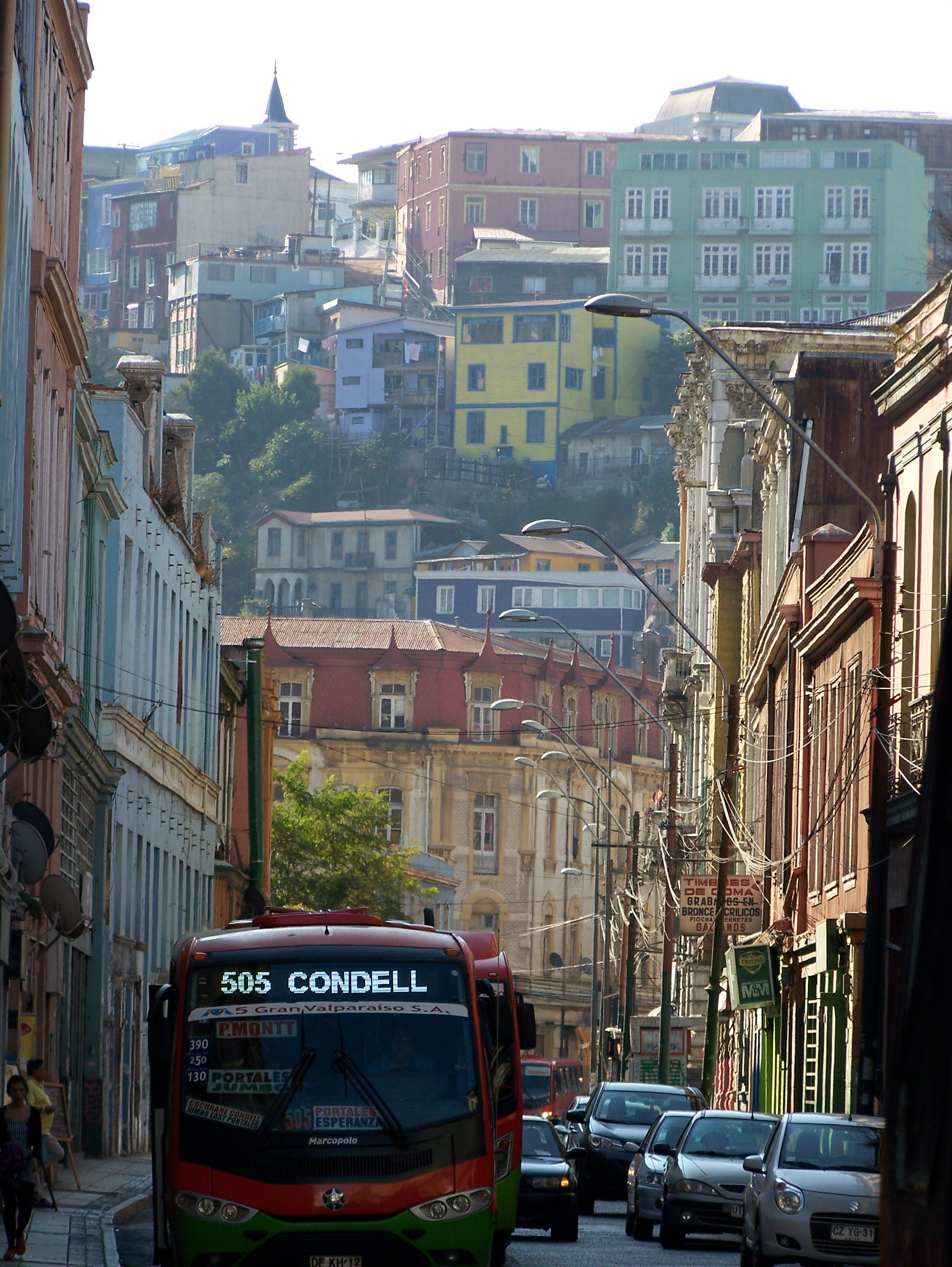
Valparaíso, Chile
My desire was to come up with a school that would really equip the underprivileged for the workforce, giving them a host of skills they normally wouldn’t pick up in grade school. Among these skills would be critical thinking, languages and various trades. When their training was done, they would have an excellent knowledge base complemented by marketable skills and strong cognitive discernment adaptability, something sorely missing in almost all state run education institutions.
Part of the training would include farming, gardening and animal husbandry. And this, of course, would help to provide for the school so that nutritious meals could be provided at reduced costs. If it flourished, perhaps a profit could be realized from the agricultural side, helping to offset the costs of the school.
In order to help me design the school, I found Nicholas Burtner, who runs the School of Permaculture. He has a program called Aid to Orphans that focuses on helping to establish a regenerative garden and train locals to maintain and increase its production. So we talked about my ideas, with him fully on board with helping out.
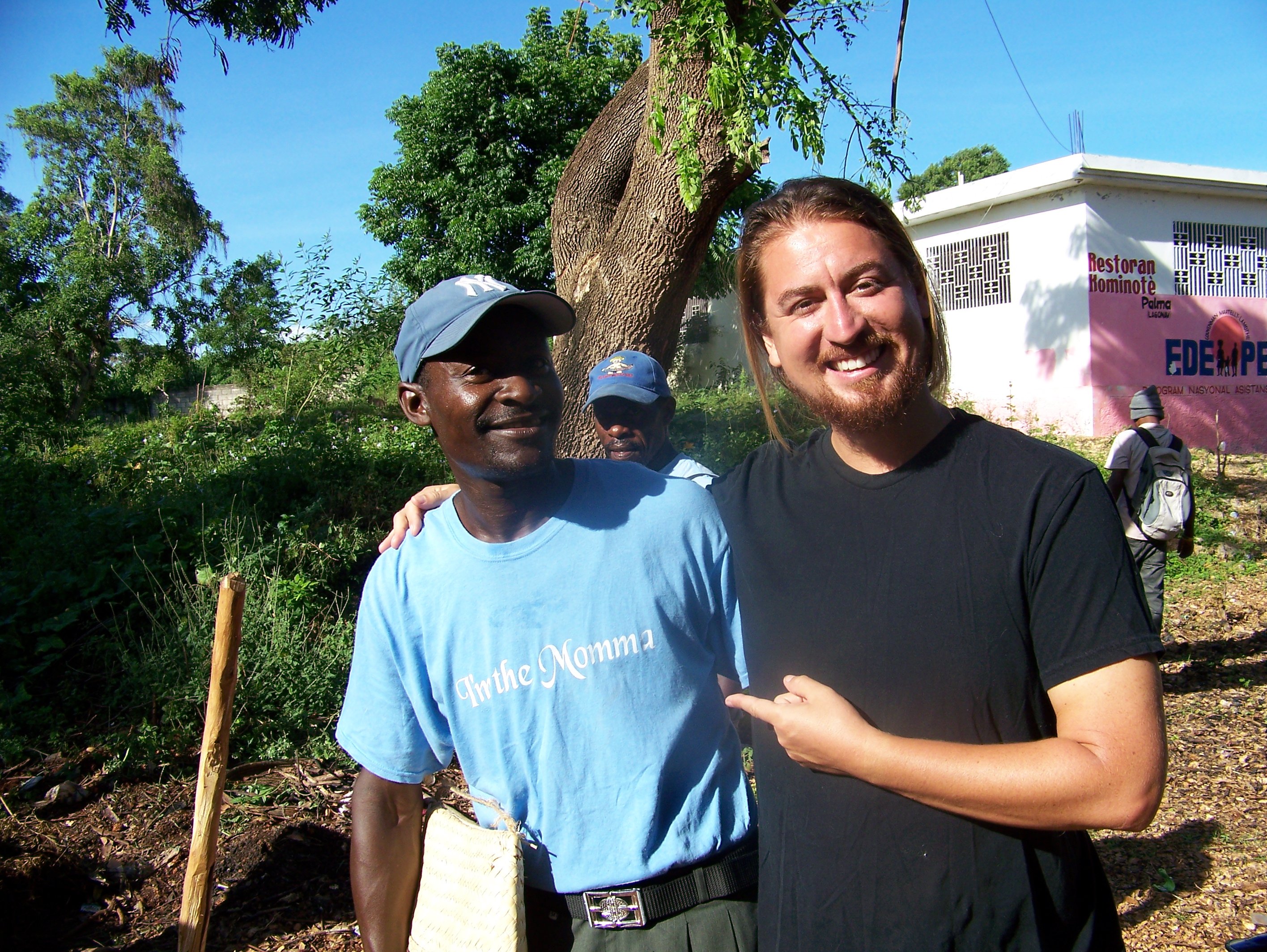
This resulted in two things, neither of which were my goals. While my efforts in Chile fell through (I’m still trying to move there… another story for another time), I was introduced to a Haitian, Jean Rony Toussaint, because he was working on a project with Nicholas. The other was that I started really studying permaculture, which led to me seeking further training in regenerative agriculture, holistic management and spending some awesome time with Darren Doherty of Regrarians as I got to write some articles about three of his REX courses (California, Kansas and Texas).
Willio
When I first arrived in Haiti, my dear friend Willio Destin picked me up. He was born in and lived in Haiti until around junior high school. Then his mother took him to Los Angeles where he graduated high school and attended college.
Years later, he returned to Haiti as a missionary in the little town of Grand Goâve. His presence there was a great blessing, since he was able to understand both cultures. And he spent some time briefing me on what to do, not do, what to expect, etc.
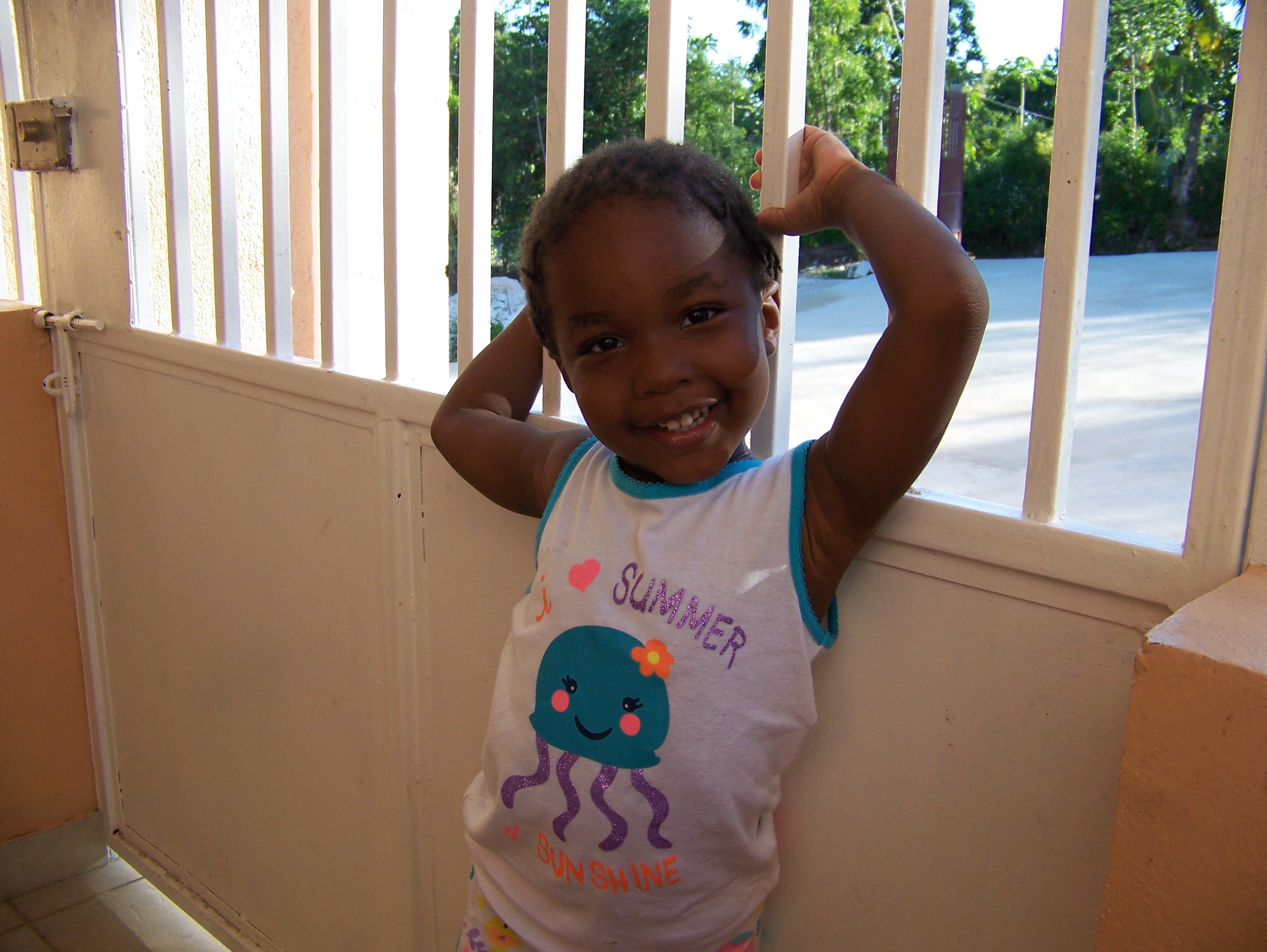
After spending a couple of days with his awesome wife and two little sweetheart girls, he took me to the airport to catch a flight to La Gonâve . Originally I was supposed to take the ferry (About $10), but there were protests going on and Bourdeau (introduced in previous article) didn’t want to risk driving that particular thirty mile stretch between the airport and dock. On my return he picked us up at the dock and we saw some of the results of the protests, including a burned out semi-truck.
A Ride to La Gonâve
Arriving at the local terminal (not the main one where I disembarked my arriving flight), we went to the window for what I took to be the only commercial airline that could take me to La Gonâve. If I remember correctly, it was a Monday. When we asked if there were available flights to the smaller island the attendant assured us there were. But when we asked when the next one would be, she said Wednesday.
Well, that left us a little stumped. Should I stay in a hotel now, or what? I couldn’t make them fly me out. And we couldn’t get to the ferry. What to do? I wasn’t really worried. This is the thing adventures are made of, right? And I’m generally a pretty flexible and relaxed person. But I was a bit perplexed.
As we stood there scratching our heads and trying to come up with an intelligent plan, a gentleman walked out of the terminal and, coming up to us, asked what we were trying to do. After Willio told him, he bid us follow him back into the terminal. Of course, we did, as he took us back to a little room we would have never thought to enter.
There were about half a dozen people in the small room, not quite making it cramped. One of them was a casual looking middle-aged white man who had a small folded up piece of paper that he was scribbling on. The man who brought us in said something to him, to which he merely nodded. Then, nothing… he just kept scribbling and asked a couple others in the room questions.
After a few minutes he turned to me and said, “La Gonâve?” That was when I realized that he was American, for sure. I answered in the affirmative, to which he replied that it would be $100. Weighing two nights in Port au Prince plus a flight against flying out right now for $100 was a no-brainer.
A few minutes later we’re walking out on the tarmac, me and the pilot chatting a bit. As we moved forward, I’m looking around at all the planes, some twin engines, mostly 8-12 seaters, and one dinky little single-prop six seater. Can you guess which one we went to?
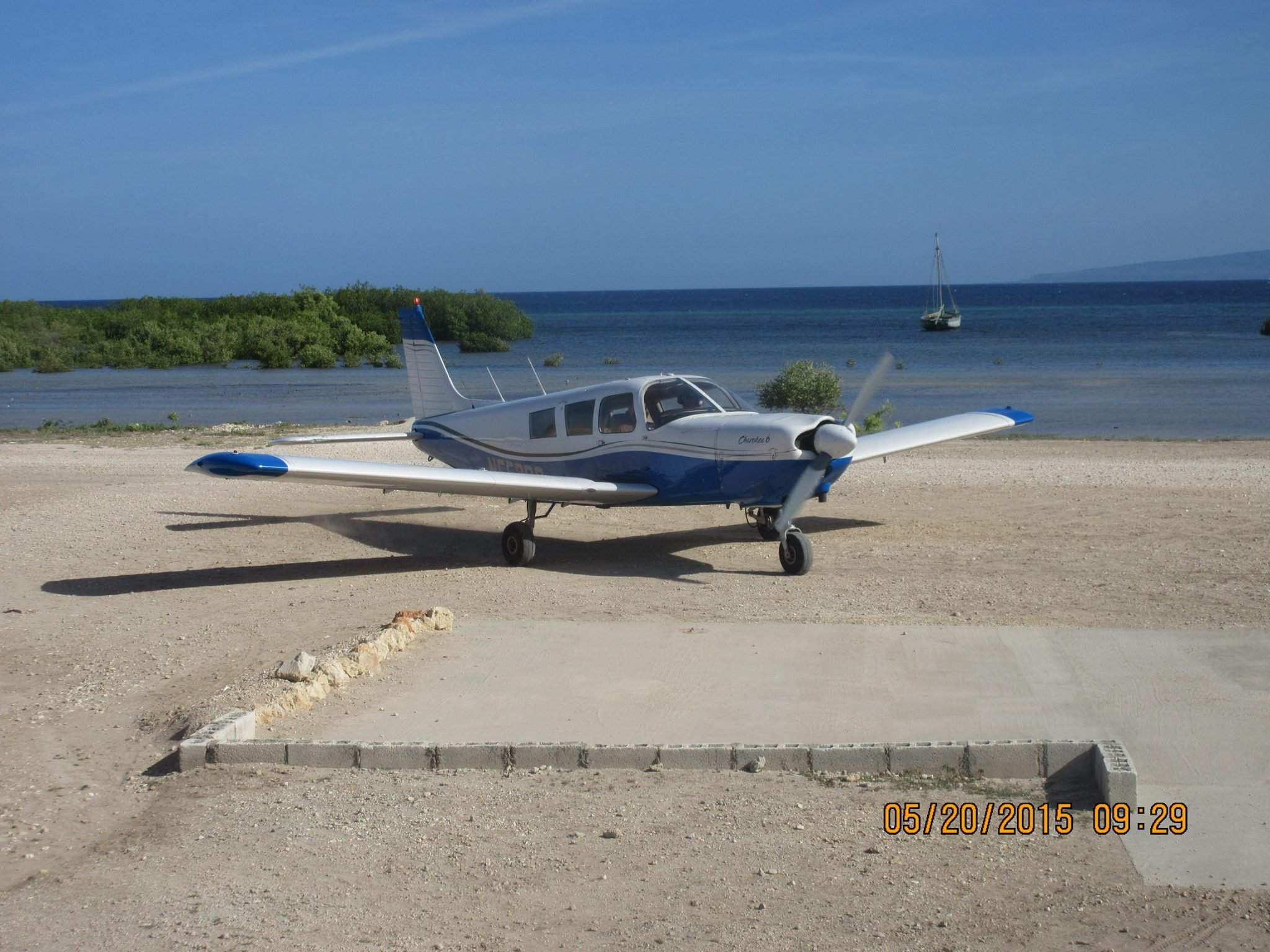
I’ve been around airplanes some, and for some reason he could tell. He had the other two passengers sit in back and had me sit second seat (co-pilot, for whatever good that would do us). Then he asked if I was a pilot. Heh, “Nope”.
After a bit of a dog and pony show on the runway, as the tower told us to go, not to go, go, turn aside, etc., he finally flipped the plane around and took off out over the channel between the mainland and our destination.
I like planes, so it didn’t bother me at all. Flying closer to the water was enjoyable, as was watching La Gonâve loom larger as we grew nearer.
As we approached, I continued to look for the runway on the island. Its slopes were too steep for a runway to be evident to me. Out on the beach area I saw some green, wondering if maybe that was the strip. Otherwise, all I saw were a couple of dirt roads.
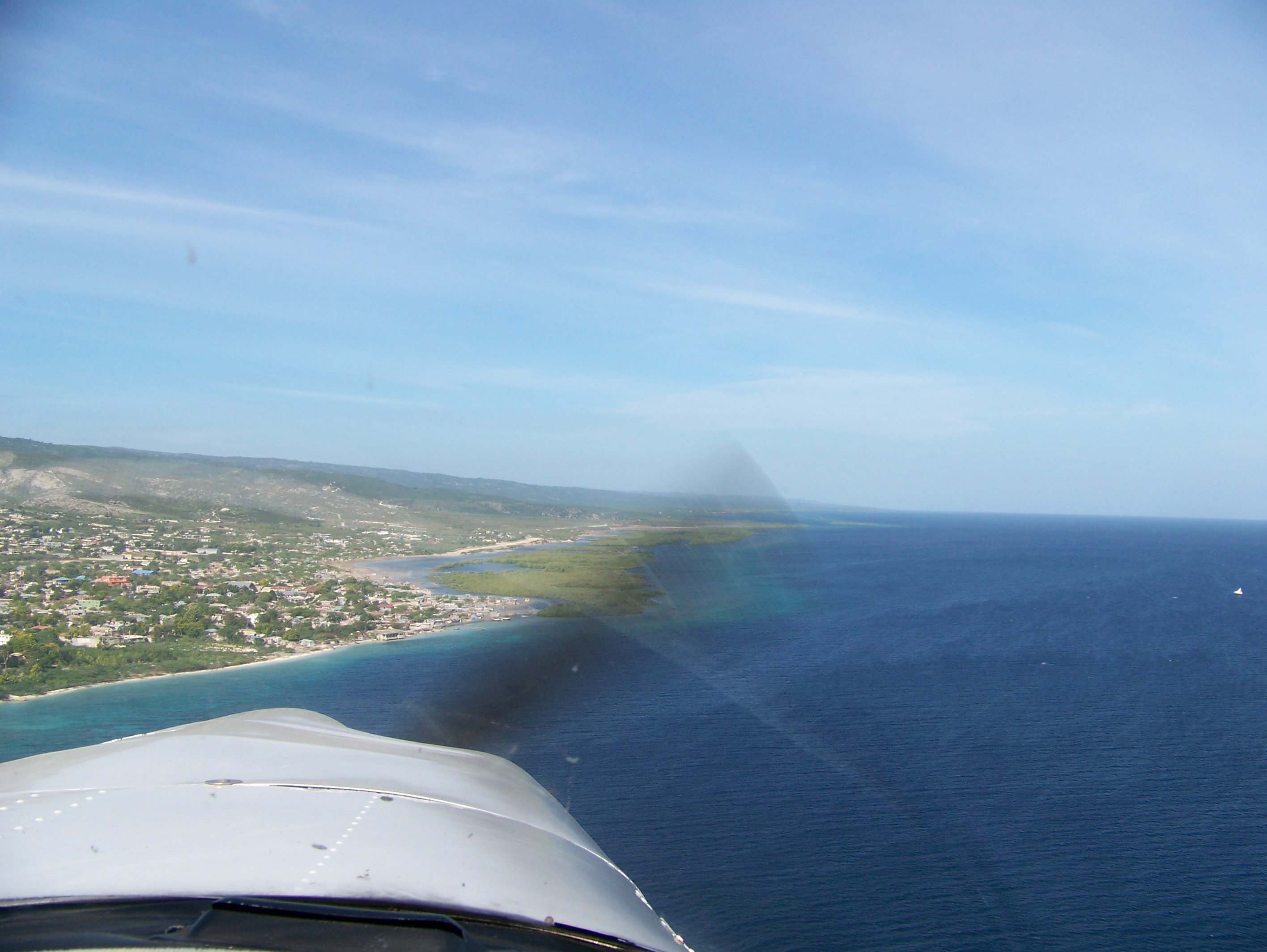
I wasn’t worried. He’d done this many times. I just couldn’t figure it out. As we got closer, he was flying parallel with the beach, rather than toward anyplace we could land. It just seemed sorta odd. But who was I to second guess him?
As it began to become apparent that one of the dirt roads was the runway, he pointed out that they had put an antennae tower right in line with the runway. So he had to come in at an angle then bank right in order to land. Of course, this was after calling ahead to make sure there weren’t any goats or other obstacles on the runway.
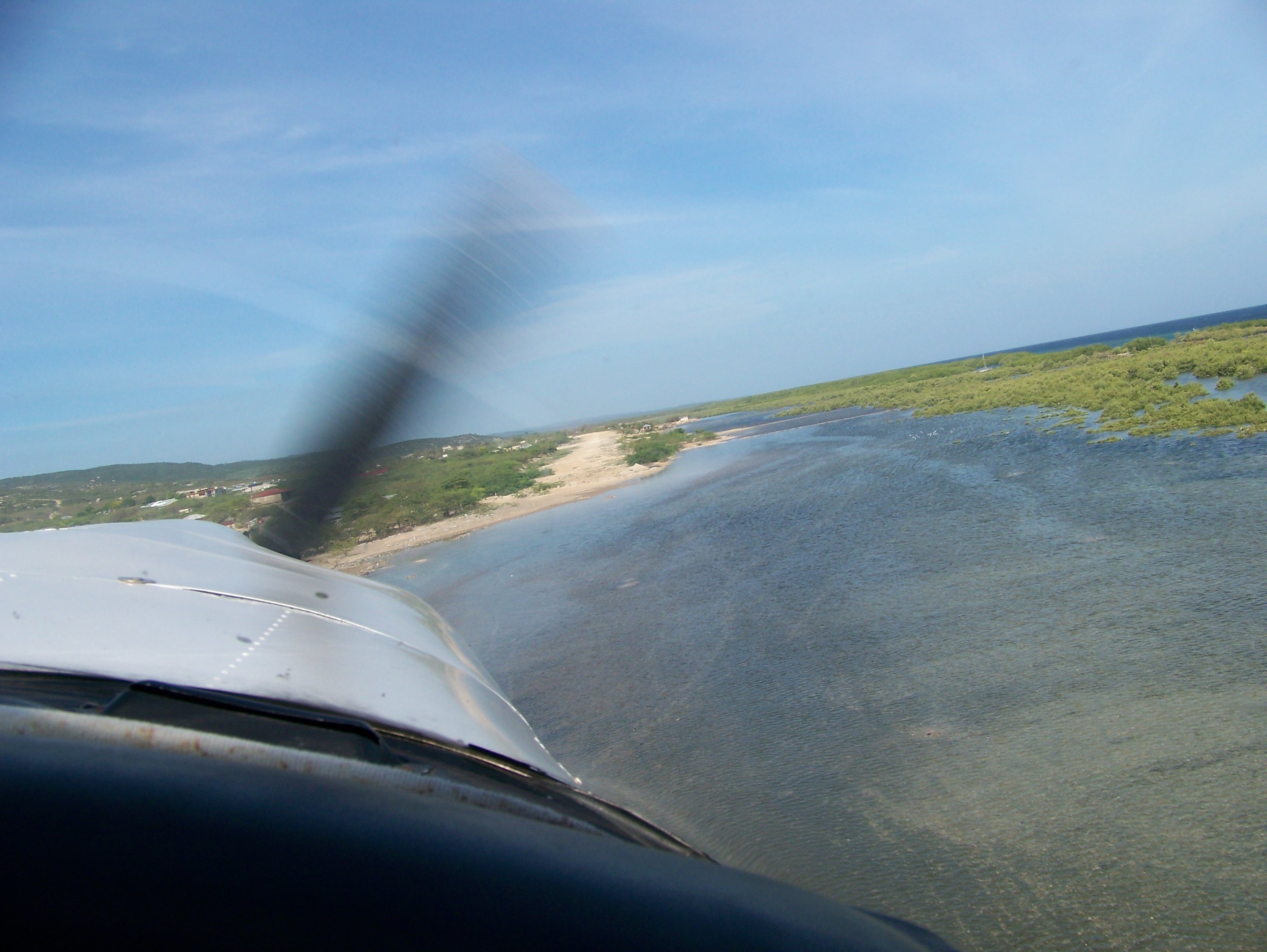
As soon as we landed and turned into the “terminal” (small cinderblock building with nobody in it), Jean Rony showed up with our taxis (motorcycles). Ahhh, my journey to the island was finally complete. Now to see new places and meet new friends on my exploratory mission to La Gonâve.
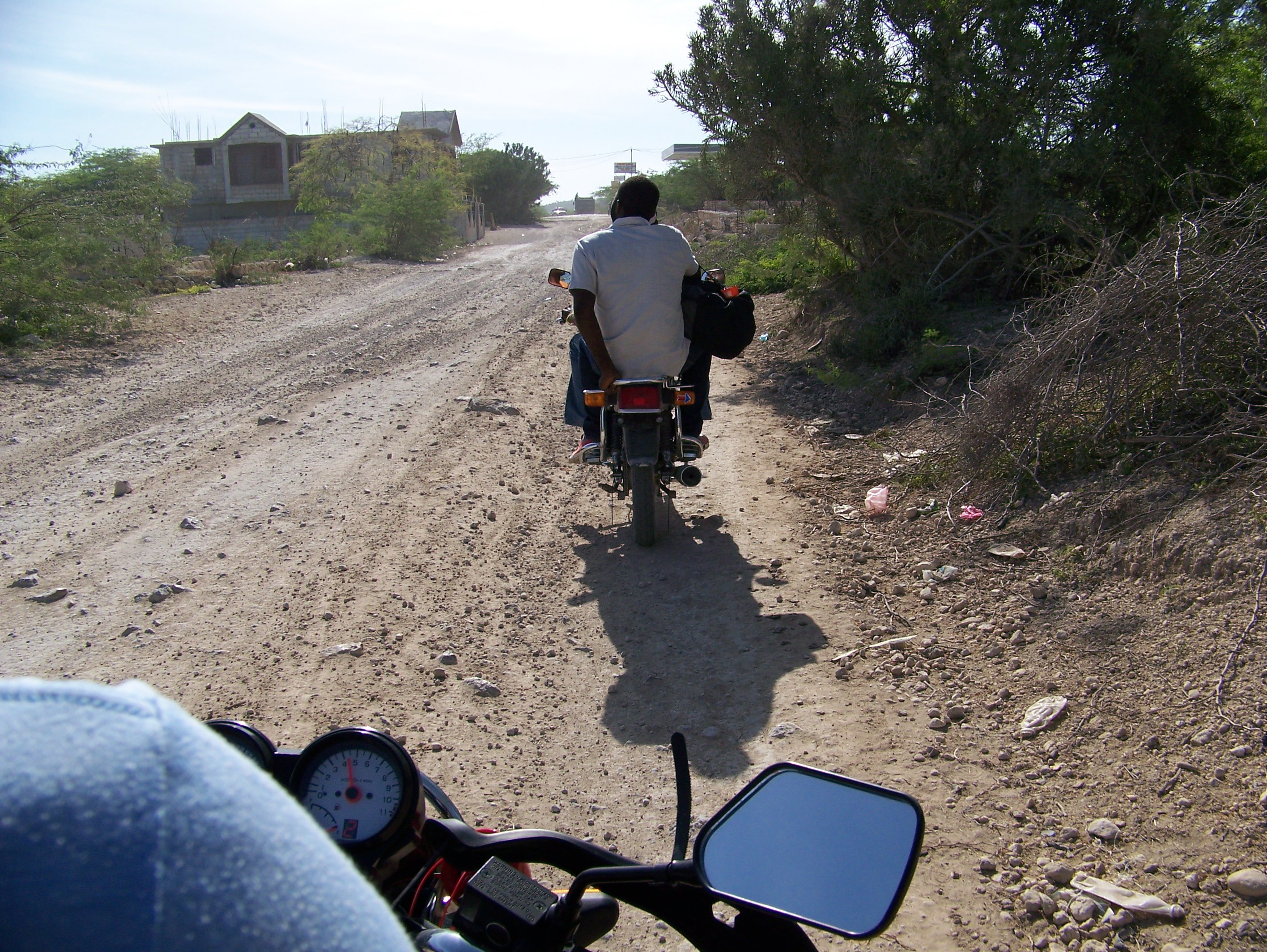
Steemin' on,
Another Joe

Email notifications
Facebook
Twitter
Note: I erred in my last article. When Jean Rony read it, he informed me that there was some damage on La Gonave from the earthquake. It just wasn't extensive. Part of that may be because there aren't the large buildings or dense population, but I'm not sure now. I apologize for the error.
